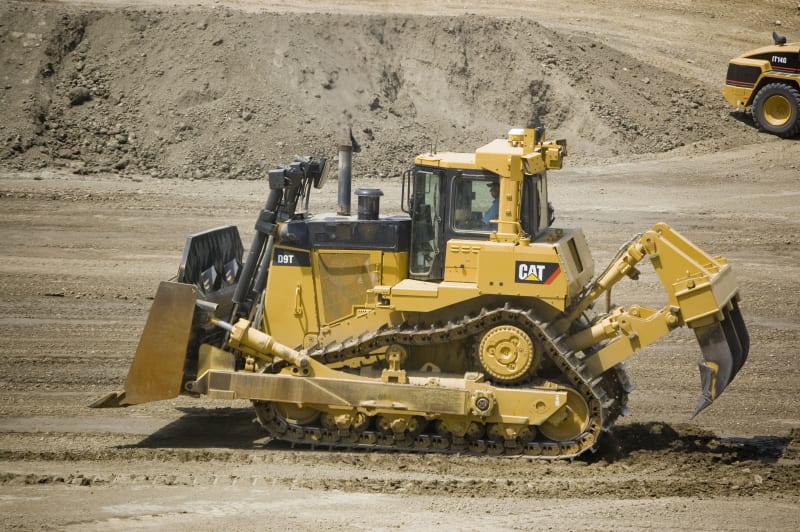Mechville
Mechanical
- Aug 9, 2021
- 7
I have designed an aboveground pipeline with an expansion loop to account for thermal expansion from ambient temperature. The client has requested information on prestressing the piping/loop based on the temperature at the time of construction. I'm generally aware that this is possible from previous conversations with engineers and construction teams, but I cannot find any guidance to provide to the client. Can someone point me in the right direction? Is it as simple as installing a bit more or less length on the straight piping spans, using a linear relationship between my expected length of expansion as a function of temperature?
E.g. if I've calculated 10 inches of expansion for a 100 degree temperature range, do they install 1 more or less inch of piping for every 10 degrees off the median temperature?
E.g. if I've calculated 10 inches of expansion for a 100 degree temperature range, do they install 1 more or less inch of piping for every 10 degrees off the median temperature?


![[2thumbsup] [2thumbsup] [2thumbsup]](/data/assets/smilies/2thumbsup.gif)